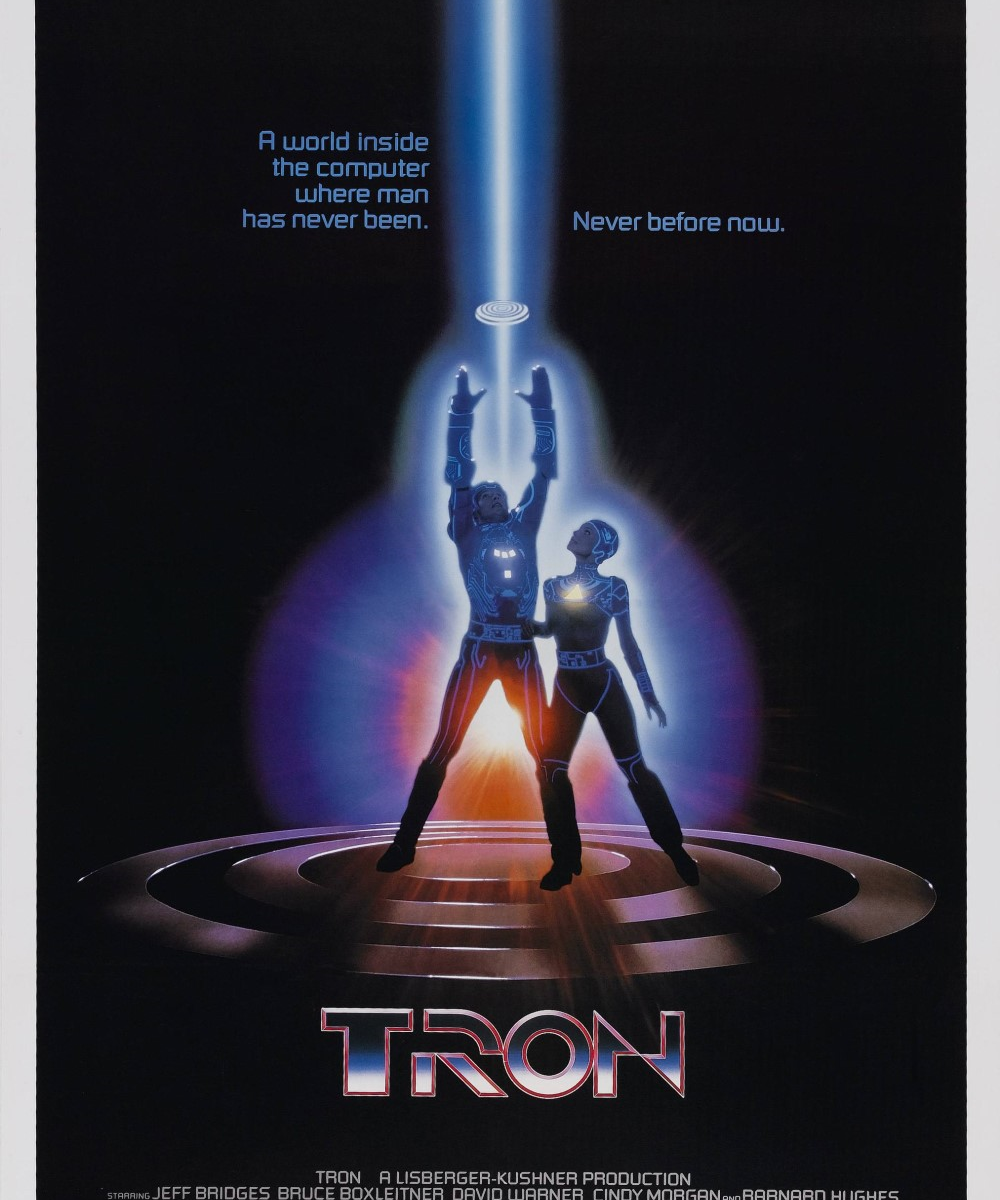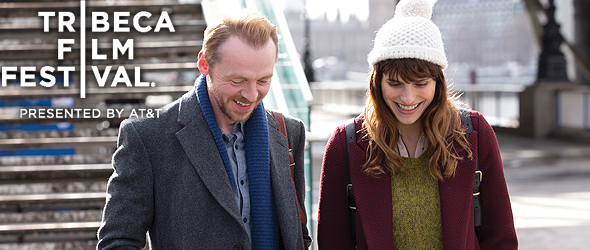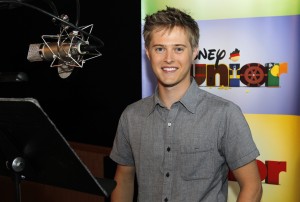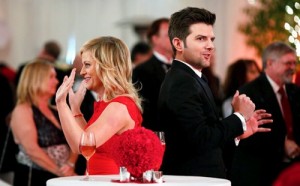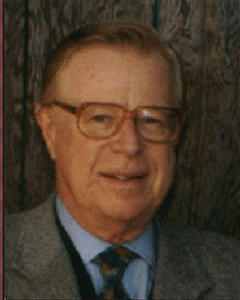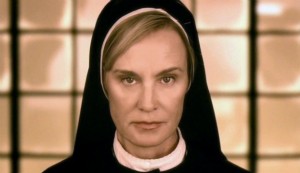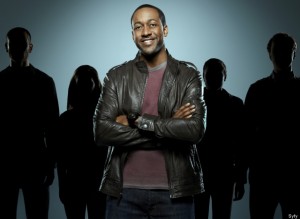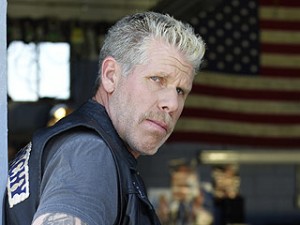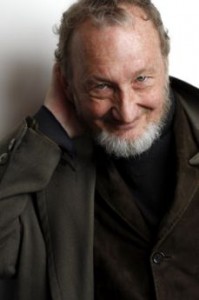Robert Englund is known best for his iconic role of Freddy Krueger in the “Nightmare on Elm Street” series. Robert is such a legend in the horror genre. He is co-starring in Syfy’s “Lake Placid: The Final Chapter”, which airs on September 29th. Robert took out some time to chat about the film and reflect on his career and his alter ego Freddy Krueger.
Mike Gencarelli: How did you get involved with “Lake Placid: The Final Chapter”?
Robert Englund: Well, I’ve been involved with the SyFy channel several times over the years. I’ve pitched projects to them and recently I just pitched a reality show to them, and I’ve done TV movies for them. Every boy has to fight his giant snake, his killer bees, and when they called me to fight giant alligators, I signed up. I was at a premiere for a film in Barcelona with my wife and all I had was a tuxedo, and a dress suit, and a couple of shirts, and a couple of pairs of underwear when I got the call for Lake Placid. So I went directly from Barcelona, with hardly any luggage, to Sofia, Bulgaria. And there is a lake just outside the capital of Bulgaria, that’s exactly like, it’s the exact same kind of geological features as Maine. It’s got that rocky shoreline and the exact same kind of pine trees. It’s amazing, I thought I was – I was looking around for lobster rolls it looked so much like Maine. I showed up and there was the lovely Elisabeth Rohm, who I had a crush on since the first time I saw her, you know, in court on Law and Order. And Yancy Butler, who I’ve known – not known, but I’ve run into over the years at Comic-Con and things because she had such a huge fan boy following with Witchblade, and we just all got to work. We worked real hard, real long days, because we were losing Indian Summer. We had a little bit of Indian Summer in the beginning, and it started getting pretty cold. We were all on the water all the time. Because that’s where the gators are, but yeah, it was really fun, you know, and the coincidence was when I got there and got picked up at the airport. It was guys I’d worked for years ago, you know, in a giant snake movie. So now they have a big huge studio, over there in Eastern Europe, and they’re doing real well. In fact they shooting, Expendables right when we were wrapping, Expendables 2 came in and used a lot of our crew towards the end. So things are hopping in Romania.
MG: Tell us about shooting this film, was it difficult on a low budget?
RE: Well, yes and no. What you have to understand is, if you’re shooting in Detroit or you’re shooting in Louisiana. Or you’re shooting in New Mexico, you know, you get these great tax rebates. And the same thing happens in Europe. Sometimes it’s just because it’s so beautiful there and you get this enhanced production value. And even though we had to pay to fly everybody over there, there’s already a huge studio and production company in Sofia, Bulgaria. They’d been shooting a couple of Lake Placids there. So you get a big bang for your buck, which is nice. So you work hard and there is that problem of language with the foreign crew that you’re dealing with. And also just explaining yourself, or your taste, or trying to describe what you might require in terms of wardrobe or something. Because sometimes idioms can get convoluted. And so you’re always dealing with that, but I’ve done a lot of movies in Europe now. So I’m kind of an old hand at that. I did a giant snake movie with these guys years ago. And even they had realized that Anaconda had a huge fan base, you know, the J-Lo film. And they already, a low budget version that we’re doing, they had a better snake effect than the movie Anaconda. Because that’s how fast and how quickly the technology grows in CGI and animation right now. If you watch a movie like Starship Troopers now, with my friend Casper Van Diem, you know, it looks old fashioned now. You can actually see the same bug getting shot, that they’ve used over and over again. Because CGI was so expensive back then. It’s kind of like the old cowboy movies where you see the same Indian getting shot off a horse as he circles the wagon train. And they show it like maybe 2 minutes later in the sequence as if we haven’t seen that before. Because they only had that stunt twice, and they use it again later in the movie. And it’s like, “Wait a minute, I saw that Indian get shot. I saw that fall, I saw him get his ankle caught in the stirrup and get dragged. I remember that.” And it’s the same thing with old CGI now, you see the repetition shots where they used them. Or you can kind of see where the mat just flips and continues the same foreground action in the background, slightly out of focus. Because they didn’t have enough soldiers in Troy that day. And so when I do these new movies, if I’m doing a SyFy channel movie with killer bees or giant alligators. It looks better than the last giant alligator in a feature film, you know, because that’s one of the reasons they do it. Because they figured out a better way to do it. And even though the movie may be less expensive, and a little exploitative, many times you’re actually getting a better effect.
MG: If Jim Bickerman crossed paths with Freddy, what would his first words be to him? And if Freddy crossed paths with Jim, what would he think of him?
RE: Well, Jim Bickerman is a pretty ornery guy. And he obviously would have to meet Freddy in his dreams, and I think Jim Bickerman’s dreams are probably pretty strange. He’s a dirty old man that Jim Bickerman, as you saw in the film. So there’s probably some point where Jim Bickerman like of, they both like them teenage girls. They’re bad boys. So I’m sure that Jim Bickerman, before Freddy killed him would want to join forces with Freddy. Maybe Freddy could turn Jim Bickerman and the two of them could work together. I don’t know if it would be Bickerman versus Krueger. Freddy is always going to win, and once you fall asleep Freddy gets the drop on you.
MG: Throughout your career has there been anything that has given you nightmares or maybe something that you are scared of?
RE: Nothing really scares me. When I did the first Nightmare film, I mean there’s films that scare me, I just even got a jolt the other night watching Cabin in the Woods. And I remember the original Alien got me several times, and I was a grown up when I saw that, and I dragged my poor father to see it. But now, when I was in the makeup for the original Freddy, I fell asleep, we were shooting nights. And I fell asleep trying to get a nap and the AD banged on the door and said, “Mr. Englund hurry up we’re going to try and get this shot before the sun comes up.” And I sat up, and I forgot, this was during the first film, forgetting I was in this make-up. I sat up with, you know, that kind of bad breath you have after a little nap, and I rolled off of my cot in my little tiny, you know, honey wagon dressing room. And there in the recesses, in the forced perspective of my make-up mirror, opposite my bunk, surrounded by dim light bulbs – make-up light bulbs, that had been cranked down on the dimmer. I saw this old bald man with scars and burns all over him looking back at me. I kind of went, “Oh geez.” And I put my hand on my head and so did he. So it became this sort of nightmarish Marx brothers routine. And it literally took me about the count of 5 or 6 to kind of come out of that semi-conscious state you’re in when you wake up real fast. And, you know, when you’re fighting for the alarm clock. That kind of moment of time. I was very disoriented. The point of this story is that moment, looking into the mirror, which I recovered from in 5 to 6 seconds, but that moment, I can remember it like it was yesterday. And occasionally, and I don’t want to like guilt the lily here, but occasionally that does enter into my subconscious and it does get into a dream, or it comes in as a random image that’s still stored in my brain somewhere. Because it was so disorienting. There’s that funny distancing of where I was sitting, and then the mirror 2 or 3 feet from me. And then in an equally far back and deep in the mirror Freddy, looking back at Robert. Because I was Robert obviously. But that really was a strange moment, and it was so early in the film experience for me, of horror films. I had been doing a lot of very normal fair up until then, except for science fiction. That really did disorient me, and it did stay with me, and do a little kind of a – I think there’s a definite crease in my gray matter that makes a home for that image.
MG: With you being a horror icon and legend; Do you ever kind of feel pressured to hold up that title? How would you feel that the genre has changed over the years for you?
RE: Well I get a lot of scripts, in fact, as I’m talking to you right now I’m behind one script at least. And there is one that I have to download and print out. But, I don’t like feel a pressure. The back of my mind, I’m always looking. I’m trying to help out right now with a project, I did a cult film a couple of years ago called Behind the Mask: The Rise of Leslie Vernon. That’s really a great, smart film. And so I – the sequel script to that is just phenomenal. It’s the second best sequel script of something I’ve done I’ve seen in a long, long time. There was a great one years ago for a great contemporary spinoff of Phantom of the Opera. I had done a Phantom of the Opera over in Europe and the follow-up script – the reason I did the original was because the follow-up script was so strong and interesting and really great contemporary version of an extension of the Phantom of the Opera legend and myth. But this one, you know, so I’m always kind of looking Mike. I’ve always got one eye peeking or one ear open for something that I want to do in horror. That’s different, or that I just think – even if it’s derivative is really strong. And also because I get – to be honest with you, when I do a genre piece I get a bigger pay day. Than if I’m just guest starring on, you know, Criminal Minds or Hawaii Five-0, or Bones or something. Then I’m just Robert Englund, character actor again. And when I do my little horror movies like Inkubus, that I brought out last Halloween on DVD, when I do my little down and dirty horror movies I’m getting more money. Or when I got over to Europe to play a Prince in some strange cult film in Spain or something, it’s a nice payday for me. So I do make an effort to do one or two a year, just on an economic level let alone. But I’m always looking, I’m always looking for that new one. I spent a year and a half in Italy scouting locations, and casting, and talking to Christopher Lee, and Donald Sutherland, for a project back in 2006/2007 that did not come to fruition. And that was very disappointing for me, you know, that takes a lot out of you when you get to be my age, spending a year of your life. I’m obviously turning down other projects if I’m trying to develop something. So, you kind of have to be careful. So I just now see the stuff that’s sent to me. I’m not really developing it on my own. But I am always checking the stuff that’s sent to me and trying to keep current on that.
MG: Looking back at your iconic role of Freddy Krueger, have you ever regretting taking this role?
RE: No, I’ve never regretted taking the role or my association with the great Wes Craven, and the success it brought me. You know, both economic and career success. Now, am I somewhat funneled into genre films, yes I am. I’ve done, I’ve done, I think I’m about to do, I’m about to start my 77th movie. Feature length film. And I think literally if you added up all my horror movies I think it’s less than 20. So horror movies less than 20, there’s another 55 films that I’ve done. Now, a couple of those are sci-fi, some of them are thrillers, you know, some of them are a little bit fantasy. But most of them are just other movies that I’ve done. And, or TV movies. I’ve done a lot of quality TV movies as well. So they’re not really out and out horror. So, but the thing that I’ve been telling people that this happy accident for me is the fact that after I got out of the make-up and I got enough baggage and enough reputation that I’ve sort of become like a surrogate Vincent Price, a surrogate Klaus Kinski. A go to guy for those roles, and somebody has to do that and you know, we don’t really have a Cary Grant, or a Steve McQueen anymore. But if I can kind of fit into Vincent Price’s loafers, or Klaus Kinski’s boots a little bit. Even if it’s a low budget genre film, which both of those gentlemen did a lot of. I can remember seeing Dr. Phibes, you know, (unintelligible) the day it came out. I’m happy to be that guy. I do a lot of other things. Tomorrow I go to work on a little send-up spoof on workaholics for comedy central. And I’ve been guest starring on all of the top 10 shows in the last year. You know, I’ve been on Criminal Minds, and Bones, and Hawaii Five-0 doing just guest starring on those, doing normal roles. So, it’s fun for me to do these. And I’ll be honest with you guys, I get paid better. If I do a horror movie or a science fiction movie, I get paid more because I fill the seats. Especially in certain countries, I can still open a movie, for instance, in Spain and Italy, and even in Germany to a degree. So that, there’s enough genre fans there, and they’ve been fans long enough. And as long as our sort of early Comic-Con fans, that that’s just another benefit that I bring to the table.
MG: With people being so desensitized in films and horror. What would you say it takes to make a good scary movie these days?
RE: Well scary is subjective. I think there is room now for all different splits. Just like there is in music. You know, Lake Placid has some real jumps in it. Lake Placid 4, we’ve got some real jumps in it. And there’s something really primal. That’s about a part of the brain that goes back to when we were reptiles. It’s an instinct that we have. And there’s also a little something in us that makes us afraid of snakes, and afraid of spiders, and afraid of alligators, and crocodiles. And so those thrills come easy in ours. But there’s also room for the fun. There’s a certain amount of fun, I think, a little bit of undercurrent fun in a Lake Placid movie. I mean, we kill our teenagers, but there’s a little bit of fun in it too. I think there has to be room for all of these. I just saw a very clever movie last week on demand, with a cocktail in one hand and a cold pizza slice in the other, and my wife with her head in my lap. We watched The Cabin in the Woods and I really thought it was clever, and smart, and well-acted, and sexy. And it scared me, at least three or four times. It really got me, and I’m hard to get. Some things can be creepy though, there’s creepy scary. The great director Lucky McKee, very underrated. A film called May, he did a film called May that really is a creepy, creepy great film. So I like that too, you know, and sometimes I’m a little more distanced from films and I just love them for the actual film-making in them. And they may not scare me as much, but they may have a creepy factor too. The Brian DePalma film Sisters. That movie really kind of works on me. There’s something hypnotic about that film. Plus the split screen and the use of microfiche flashbacks in a dream sequence that was induced by drugs. There’s a really great, primal, primitive, early, kind of hallucinogenic hypnotizing quality to that. You know, you see that in old George Steven’s movies, and you see it even in classic films like Black Narcissus. Sometimes those movies become hypnotic. There’s something kind of hypnotic even in the recent Kirsten Dunst film Melancholia. But I like that, when that starts to happen to me in horror and science fiction, you know, I think Cameron can get into that. I’ve seen Cameron get into that before. I think especially in the Alien movies, there’s a point where there’s no dialogue for so long and time is suspended. And we hear the breathing. And I love that, that really, I love that disorienting, hypnotic quality of films. And that’s just as effective to me as horror or the cheap thrills scare. The William Castle lunge into frame, you know?
MG: I’m actually a huge fan of “Behind the Mask”. I’m actually a backer on the sequel. So I can’t wait for that to come out…
RE: Well I’m telling you, the script is phenomenal. Because it plays with the great pun that fans love of doppelgangers. So there’s actually actors playing us, the actors who played the parts in the original. Making a movie, about the story of the original. About Leslie Vernon and his tale. And we’ve been hired as technical advisors. And the whole project is being filmed by a Making of crew of a cable channel. So it’s a movie, within a movie, within a movie. And it’s all during the making of a movie, on the location of the movie. In the motel with all of the cast and the crew. And they start going down like ten little Indians. It’s really layered, and rich, and fun. And there’s a great gimmick with the actor they’re going to get to play, the actor, the Hollywood actor who will be playing Leslie Vernon. He gets to finally have a showdown with the real Leslie Vernon, which I think is fun. And you won’t know who he is, because he’s a method actor. He wears the mask for the whole movie, it’s really fun.
MG: What else do you have planned next?
RE: Tell people to look for me in Sanitarium with Malcolm McDowell, and John Glover, and Lou Diamond Phillips, and I’m off to shoot this, which is very kind of M. Night Shyamalan-ian. I’m going to be doing that next month, and yeah, and everybody tune in and check out. It’s really fun. Lake Placid 4, yeah. Freddy versus Yancy Butler. Thanks a lot.
